(Pictured above, Hezbollah-operated armor in Syria, 2019.)
As Israel assassinated Hezbollah’s leader, Hassan Nasrallah, we were quickly informed that even people in Syria poured out into the streets to celebrate. This ostensibly showed that Hezbollah is reviled across the region, and even among Muslims.
Featured less prominently in these reports, or left out entirely, was that these celebrations were taking part in a Syrian city that is ruled by Jabhat al-Nusra (now Tahrir al-Sham), which started out as the Syrian chapter of ISIS, but these days proclaims allegiance to Al-Qaeda instead.
Al-Nusra famously waged a war to end secularism in Syria, and usher in an Islamic state that would spell dhimmitude (or expulsion) for its Christians, and extermination for its Allawites and Shiites. (To Sunni fundamentalists Shiites and Allawites are “apostates” from Islam which can only be punished by death, the serfdom ‘option’ open to Christians is not available.)
In this war, Nusra was backed by the US and other major and medium NATO powers, and to a lesser extent Israel. Israel used the opportunity to strike the Syrian Allawite-run secular dictatorship, but limited its aid to Sunni Islamists around the Golan Heights. The US and wider Western support was greater. They waged an economic strangulation campaign against Syria (which is still ongoing), blessed gargantuan financial injections to the Islamists by the Sunni petro states in the Gulf, and provided substantial quantities of arms and training themselves. (TOW anti-tank missiles became particularly iconic.) Ostensibly this backing was for non-Nusra groups alone, but as these were allied to Nusra and fought shoulder-to-shoulder with it, and for the same goal, this was very much bolstering al-Nusra’s cause. Virtually all of these NATO-backed smaller groups were themselves Sunni fundamentalist, and gradually became subordinated to Nusra. Eventually, they were all either folded under Nusra into Hayat Tahrir al-Sham or dissolved. As in many other wars then, the US was using Al-Qaeda as a battering ram against its target, and to hell with any consequences that may spell for people (ie non-Sunni minorities, and Sunni secularists) on the ground.
It was this war that Hezbollah stepped into in 2013 — on the side of the Syrian secular state, and against the Sunni jihadists. Lebanese Hezbollah did not just provide some of the most cohesive units of the war, but also helped arm, train, and organize self-defense units for vulnerable Shiite, but also Christian, enclaves. That today there remain Christians, Allawites, and Shiites in Syria is in part thanks to Hezbollah.
Thus, while there are Muslims in Al-Qaeda-held Idlib who detested Nasrallah, there are also Christians in the same country who regarded him as a friend and benefactor in the greatest hour of need. Indeed, it would be interesting to know of the people celebrating in Idlib how many are upset with Hezbollah chiefly for getting in the way of their sectarian cleansing of the country.
Fighting the Last War
Hezbollah finds itself on the backfoot against Israel. The reason for this is that it was caught asleep. It has been served a war it was courting, but did not want, did not conceive of, and was confident it would avoid. Netanyahu had other ideas.
Hezbollah opened hostilities against Israel (“opened” is doing a lot of work here, as not a year goes by without at least some exchange of missiles between the two) in a performative manner, seeking no more than a half-phony, symbolic war. It would fire and absorb missiles at a leisurely pace until the Israelis and Palestinians eventually inevitably struck a ceasefire.
(Hamas is Sunni fundamentalist and declared support for the Sunni jihad in Syria. There is little love between the two organizations. However, as Khomeinist Hezbollah and Iran put themselves forward as the true defenders of Muslims everywhere, competing with a similar Saudi salafist claim, they are prisoners of this logic, having to demonstrate superior Palestinian-defending credentials to Bin Ladenites and their Saudi backers even when that is fraught with risk (risk that sly Saudis stay well away from)).
But where Hezbollah thought it was signing up for a contained, slow-burn missile war, Israel having been thrown into shock in 2006 by its inability to overcome Hezbollah, had spent 18 years thinking and working on the problem of how to do better next time. In contrast to that war, it was now Hezbollah’s turn to enter it as the complacent party, and Israel as the side with an ace up its sleeve. — An ace that Netanyahu was loathe to let go to waste.
Strategic Dead-End
Nonetheless, after the technically impressive (if humanly questionable) opener, with the land invasion, Tel Aviv finds itself heading down the path that could well prove a repetition of Hezbollah’s mistake. It is now Israel that is launching a war that doesn’t come with victory conditions or an exit plan.
Other than to deliver an October surprise and supercharge swing-state Evangelicals for Trump, what is the land offensive supposed to accomplish, and how may the success of such an enterprise be distinguished from failure?
As in Gaza, the IDF will go forward, inflict some losses, sustain some losses, capture some ground, then sooner or later vacate it. Okay, great. So what’s the point? What does it accomplish?
Beginnings
The Shia Hezbollah today is the only remaining serious militia in Lebanon. But this was not always the case. In the 1970s it was precisely the Shia who were latecomers to the militia game, playing catch-up to refuge camp Palestinians (aligned with Sunnis who at the time are Socialist-leaning) and Maronite Christians, caught in the crossfire as non-actors of limited relevance. Enter the Shia Amal militia which before long was clashing with the Palestinian groups, contesting the Palestinian military domination of southern Lebanon which was demographically Lebanese Shia, and resenting the Palestinian-Israeli crossfire this often put the Shia in. After the 1982 Israeli invasion turned into a permanent occupation, Hezbollah then gradually entered the scene as the Shia group that recognized Israelis as the chief bane of their community and sided with the Palestinians and against Amal.
The Lebanese Civil War is often thought of as a conflict that pitted Lebanese Muslims and Syria on one side and Lebanese Christians and Israel on the other. Real history is much more complex. For example, Syria which espoused pan-Arab Nationalism, but was dominated by minority Allawites, actually originally intervened in the war to prevent the imminent fall of the Maronite Christians to the Palestinian-Sunni coalition. Israel meanwhile intervened with the sole goal of degrading the Palestinian groups, which, since the Palestinians served as the armed vanguard of the Sunnis, incidentally aided the Maronites, but had not been launched for their benefit.
Where the Lebanese Civil War saw the Amal-Hezbollah split among the Shia, these days it is Lebanon’s Christians who are split. In 2006 Michel Aoun, the bitter Maronite anti-Syrian fighter formulated a position by which in the present, Lebanon’s troubles were caused more by the Saudis, Israel, and the US, and less by Iran, Syria, and Hezbollah, won the largest share of the Christian vote and reached out to Hezbollah to form a coalition. An understanding between Hezbollah and his powerful Christian faction has existed ever since.
Demographic Realism
Huge energies are spent on labeling Hezbollah a terrorist group, but a much more useful way of understanding it is as the Shia ethnic militia of Lebanon. Lebanese Shia number 1.5 million of which 50,000 are Hezbollah fighters. If you are Shia in Lebanon, even if you do not vote Hezbollah (many vote Amal) you have a friend or relative in Hezbollah, and it is impossible for you not to root for them vs Israelis.
This greatest strength of Hezbollah, of being virtually indistinguishable from the Lebanese Shia community, is also its greatest weakness. I get the impression that some imagine that the coming Israeli invasion of Lebanon will look like Vietnam, but the Lebanese Shia do not have the demographics for anything of the sort. Aside from being dominant in firepower and technology, Jewish Israelis outnumber the Shiites of Lebanon by four to five times. Moreover, where once the Shia as the poorest of the main groups in Lebanon were also the most fertile, today their population is already stagnant. By default Hezbollah resistance has to be calculated and casualty averse.
While the 30 percent Shia now form the largest ethnic group in Lebanon, the system which was codified when they were still at 17 percent, favors Christians and Sunnis over them. Christians get the President, Sunnis the PM, and the Shiites only the Parliament Speaker. Hezbollah has not sought to overturn this system, but it reserves the right to exist partly outside of it, carrying arms, and conducting own foreign policy.
Not the least since in the Shia southern Lebanon the Israeli occupation did not end until 2000 — the result of a struggle in which the Lebanese state did not participate. The struggle was solely of the Lebanese Shia through Hezbollah. If Hezbollah like the other civil war-era militias dissolves neither the Shia, nor Lebanon will have an army.
Buenos Aires
Of all the accusations hurled at Hezbollah the most outlandish (and surprisingly successful) is that it blew up a synagogue in Buenos Aires of all places thirty years ago. The actual attack was carried out by Argentine right-wing Dirty War veterans, but it was more profitable for Israel and Washington to point the finger at an ethnic militia combating Israeli occupation of southern Lebanon.


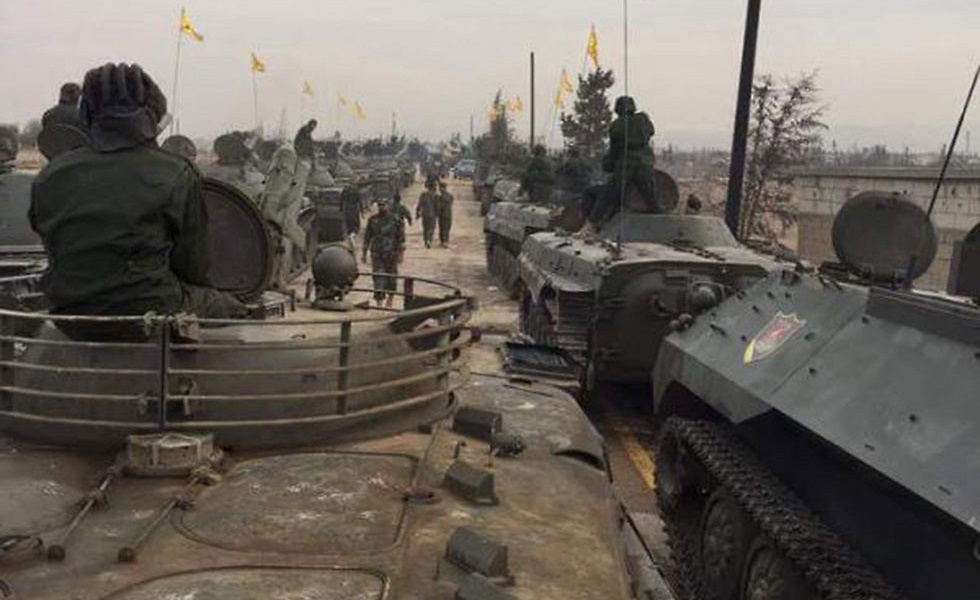
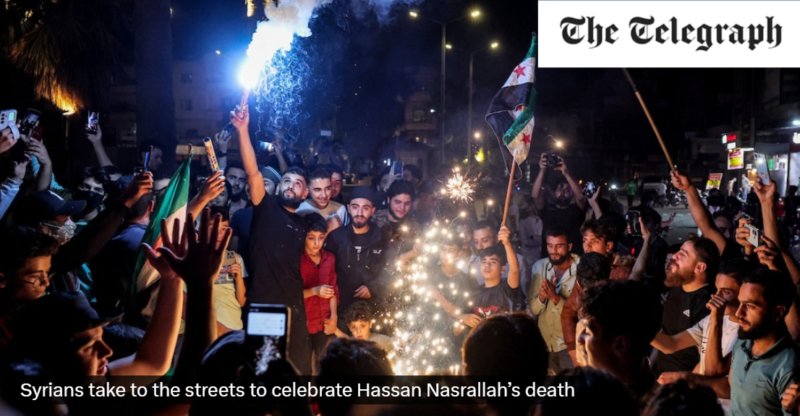

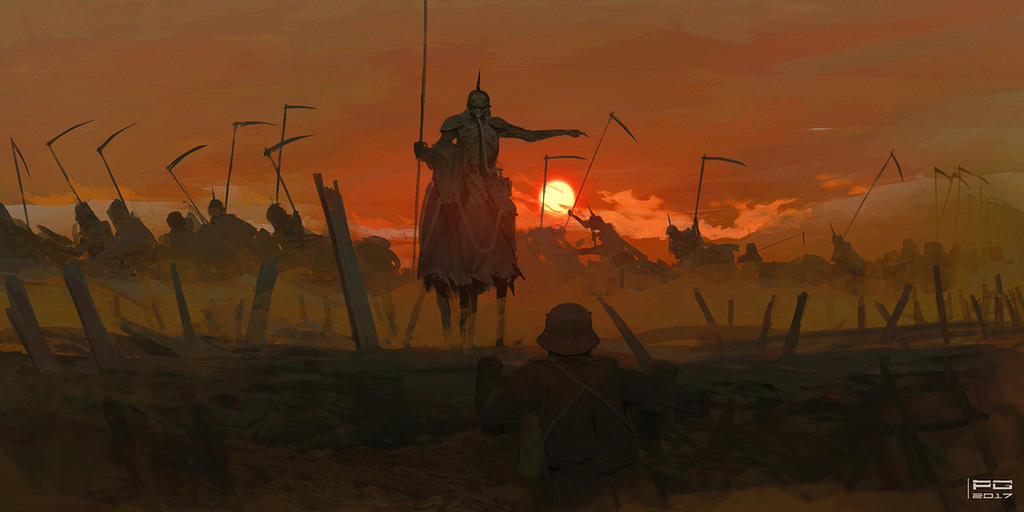
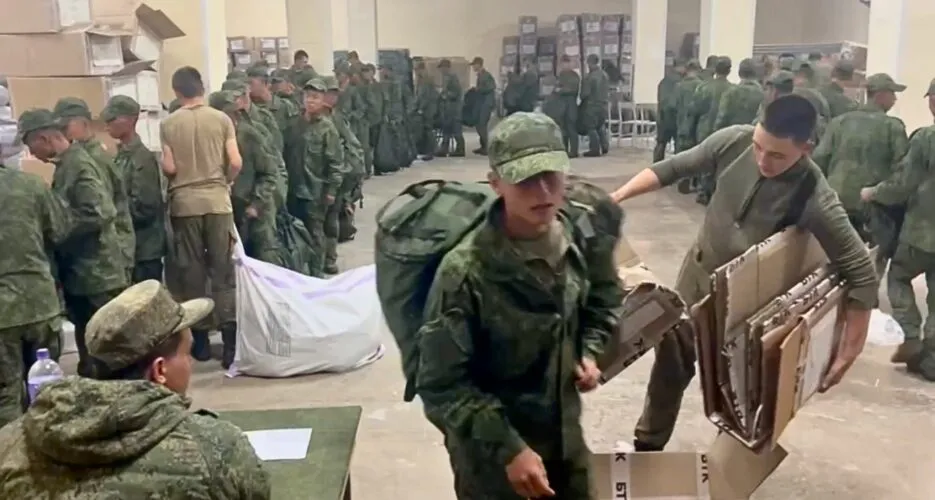
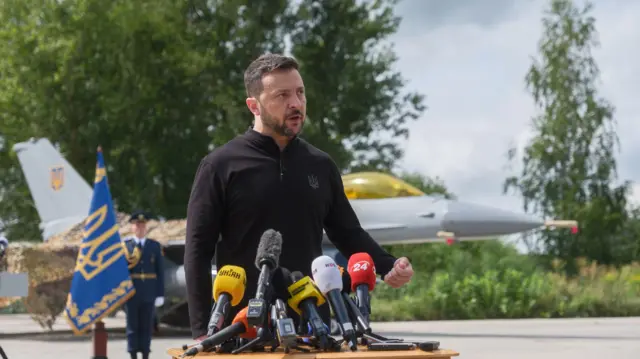
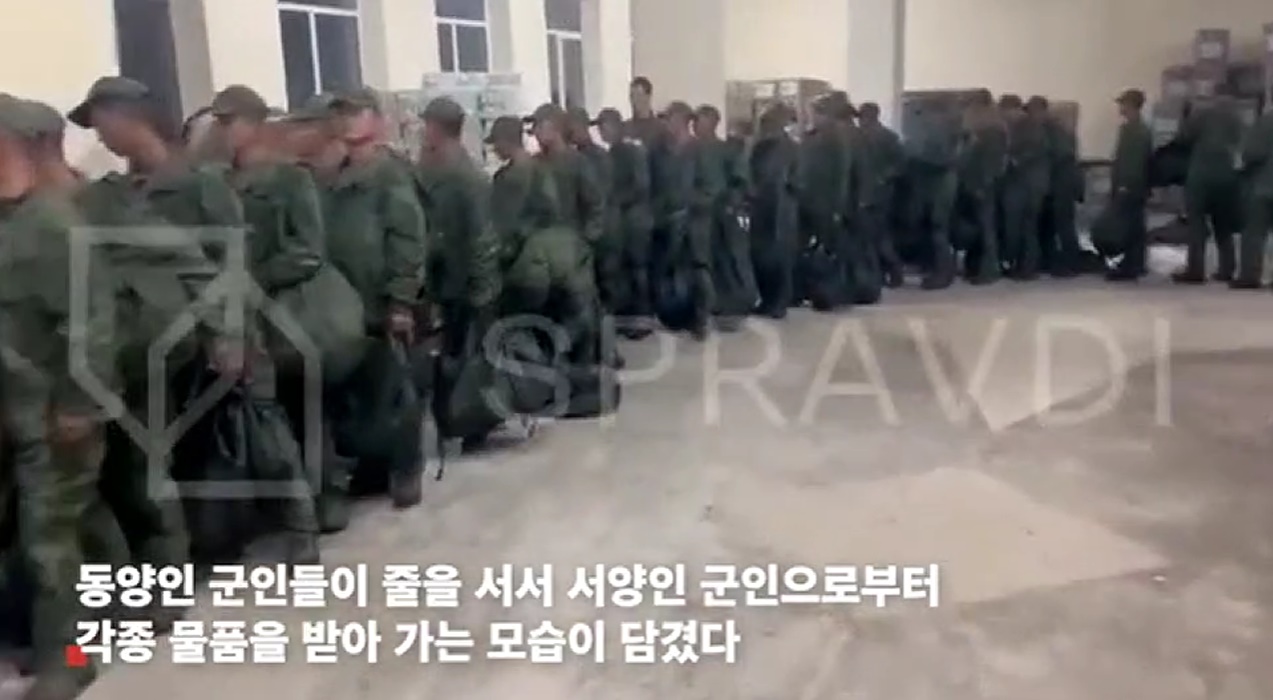
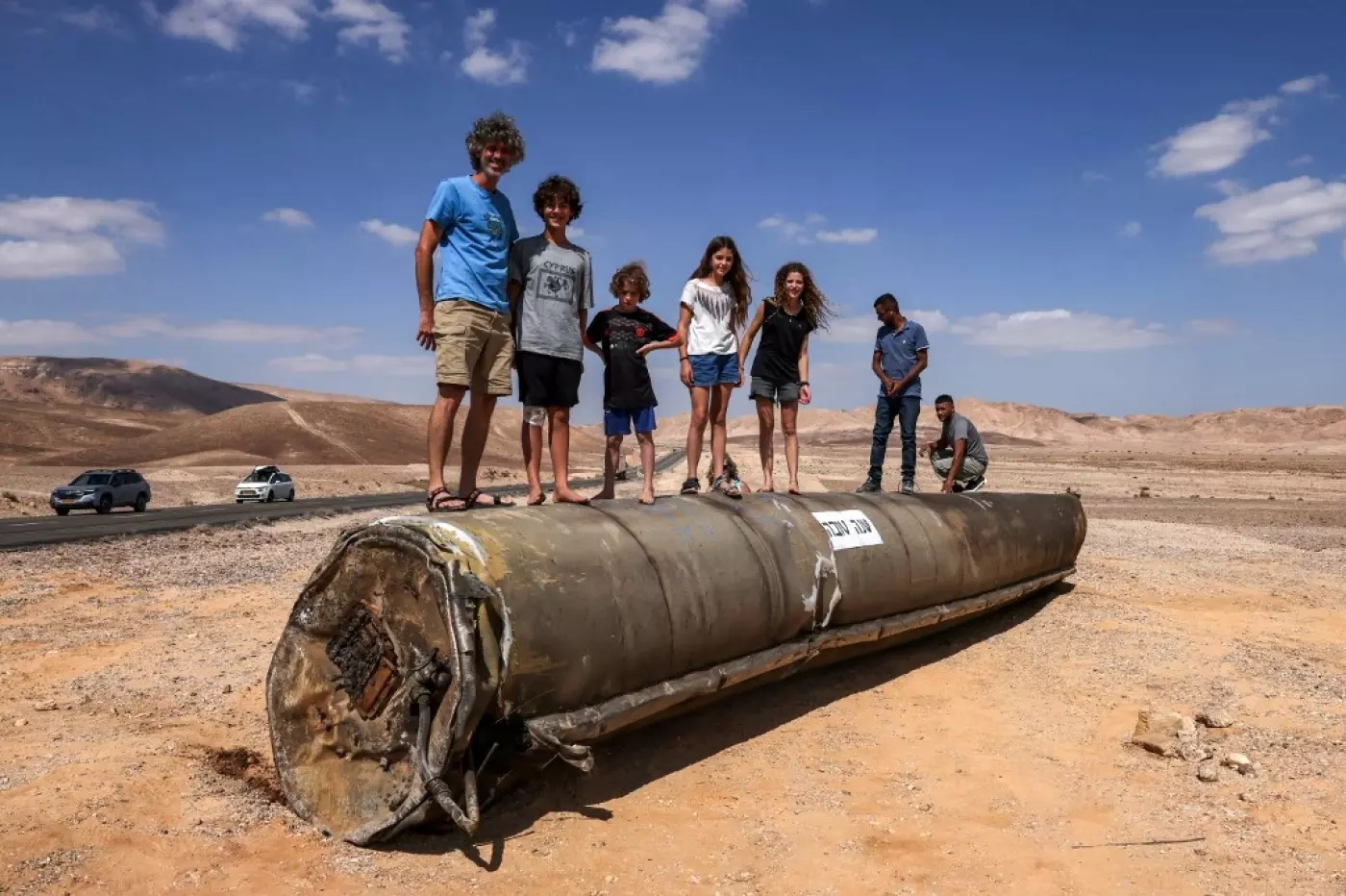
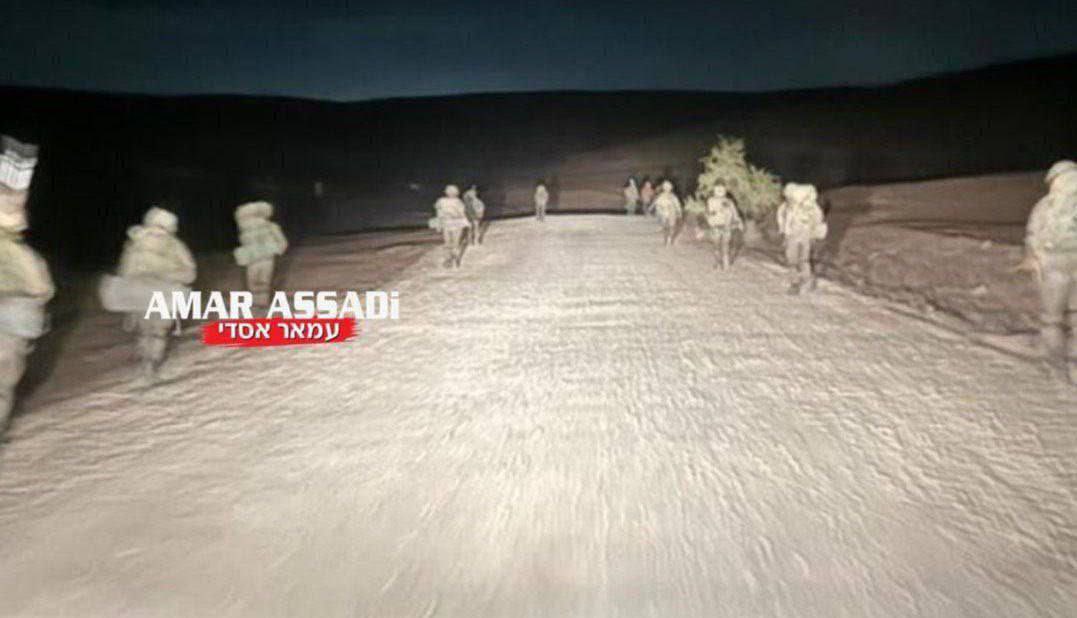
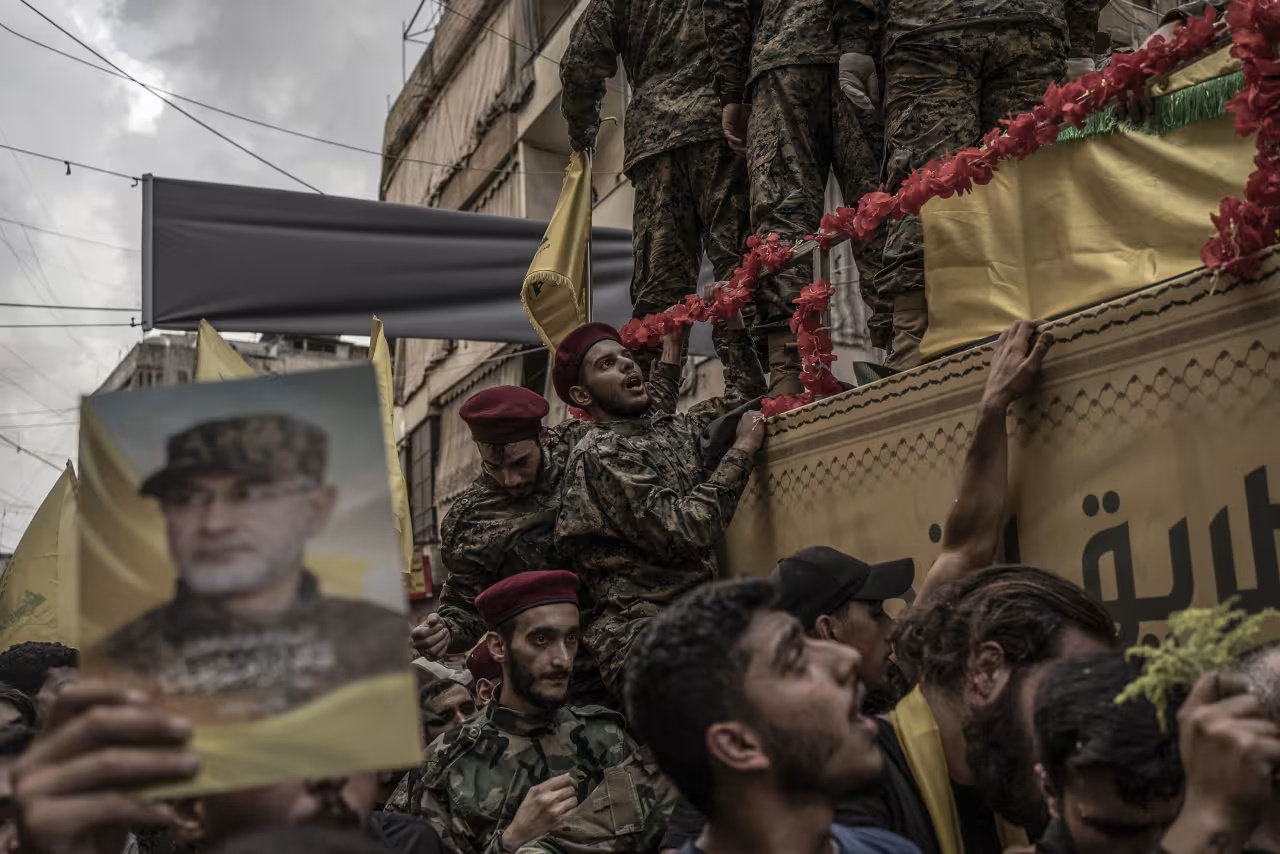
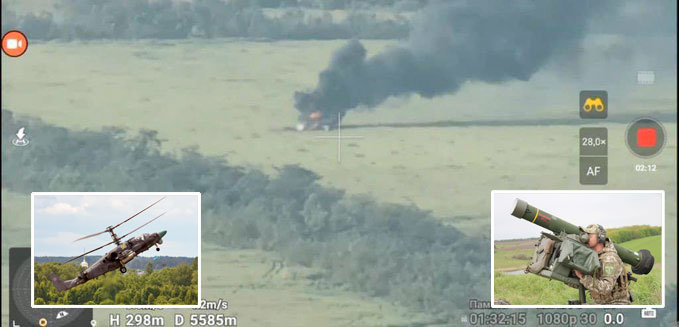

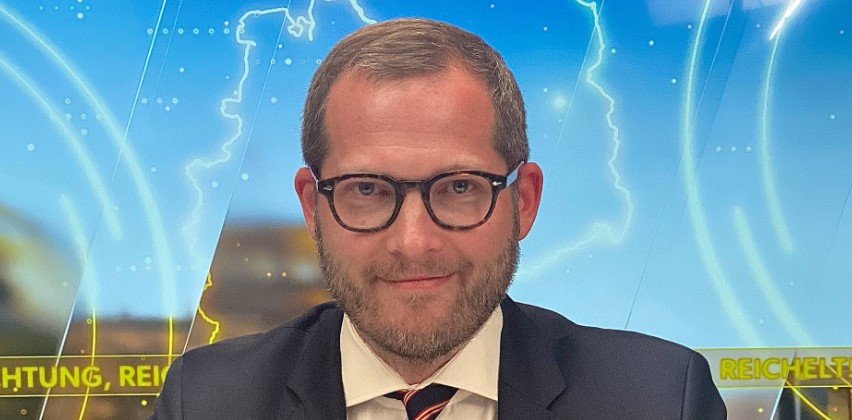
No comments.
By submitting a comment you grant Free West Media a perpetual license to reproduce your words and name/web site in attribution. Inappropriate and irrelevant comments will be removed at an admin’s discretion. Your email is used for verification purposes only, it will never be shared.